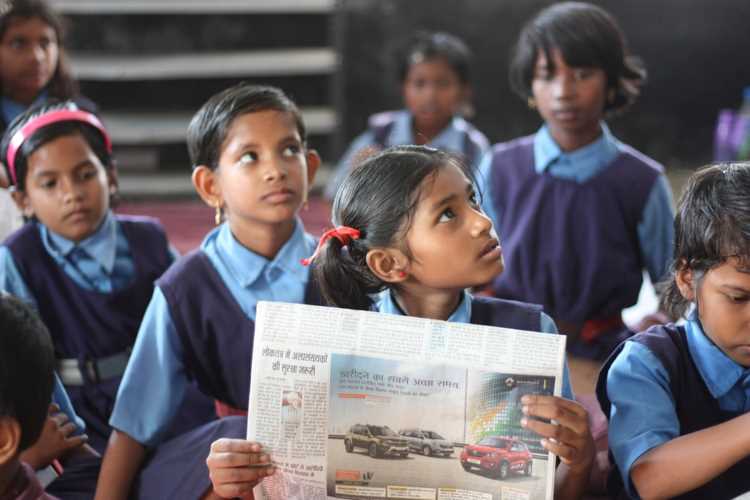
Crisis in school education system: The Economic Survey 2022-23 puts school enrolment in India at 26.5 crore with 19.4 lakh more children getting enrolled in primary to higher-secondary levels. To be more precise, enrolments in pre-primary were around 1 crore. In primary, upper primary, secondary, and higher secondary, enrolments were 12.2 crore, 6.7 crore, 3.9 crore, and 2.9 crore, respectively. This paper does not cover higher education enrolments.
The Economic Survey concluded that there is a rise in the number of children enrolling for school education at all levels. While this is a welcome development, many other concerns arise. India, with its population size, cannot celebrate the data because there is another number that provides information on the other side of the coin. The number of children who are outside school enrolment, or, in other words, those kids have never seen a school.
READ I New study reveals sorry state of affairs in school education
Children out of school education system
In the recently ended Budget Session, the Union Ministry of Education reported that there are 12.5 lakh children who are out of school. This number is worrisome, but as per experts’ views, it is likely to be lower than the actual number. According to the National Sample Survey of 2017-18, 30 million children were out of school, and what is more critical is that out of these 30 million, 9 million never went to school.
It is important to quote the data of UNICEF, which corroborates that even before the pandemic arrived, there were around 60 million children in India who were out of school. We won’t cover the pandemic’s impact on school enrolments in this article.
So there are no accurate and unanimously agreed-upon statistics on the number of children outside the school education system, but the data we have indicates the staggering number of children outside school education, enough to turn our probable euphoria into a serious thought process towards the situation. After referring to multiple articles, news editorials, and research papers, we found that the reasons for children dropping out of school or not going to school can be broadly divided into primary reasons and secondary reasons.
The primary reasons start from the natural environment of kids, like (i) the orientation of parents towards education (this reason is more applicable for girls), (ii) the family’s economic situation, and (iii) the education levels of other elders in the family because children learn many things through observations. If the primary reasons are favourable for children, then enrolments will see a positive uptick in most cases, but if they are not favourable, then they are significant hurdles for children becoming part of the formal school education system.
Secondary reasons impact enrolment numbers beyond the natural environment of children and become a cause for dropout, or in some cases, the children do not become part of the school education system at all, like (i) lack of schools and teachers, (ii) safety issues (especially for girls), (iii) regional issues, and (iv) region- and community-specific belief systems towards education.
If we include the findings of the Annual Status of Education Report (ASER) 2022, then our euphoria of the first paragraph, where the economic survey reported a rise of 19.5 lakh enrolments in schools, will further diminish because, as per ASER 2022, the reading, calculation, or mathematics ability of our children is below par with their class levels.
Almost all reports and articles on education in India discuss solutions such as increasing the number of schools, hiring more qualified teachers, improving school infrastructure, increasing budget allocation by the government to the education sector, promoting parental orientation, addressing community beliefs, and providing special attention to the poor and marginalized.
This problem is grave and requires a systematic approach with multiple measures. In management education, the PESTLE acronym is used to refer to political, economic, social, technological, legal, and environmental factors. The issue of children outside the school education system also requires a solution that considers all of these factors.
It is not just a matter of providing education to children; it is also about providing quality education. This is crucial for preparing our children to represent and lead the country in the future.
(Dr. Prashant Pareek is Assistant Professor and Dr. Neha Sharma is Director at Shanti Business School, Ahmedabad, Gujarat. Dr. Badri Narayanan Gopalakrishnan, Fellow and Former Head, Trade Commerce and Strategic Dialogue, NITI Aayog, Government of India.)
Dr Badri Narayanan Gopalakrishnan is Fellow, NITI Aayog. Views expressed are personal.


